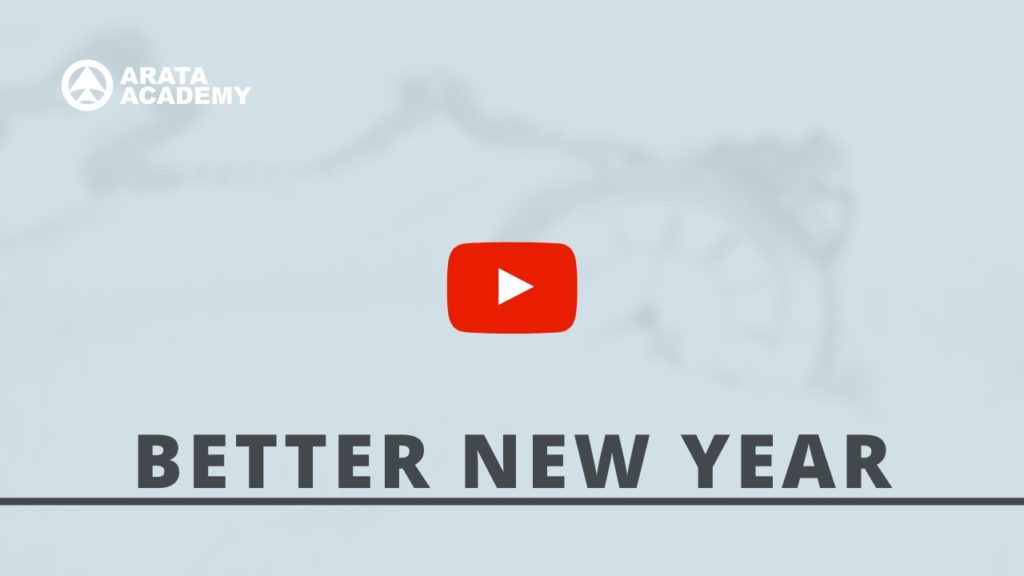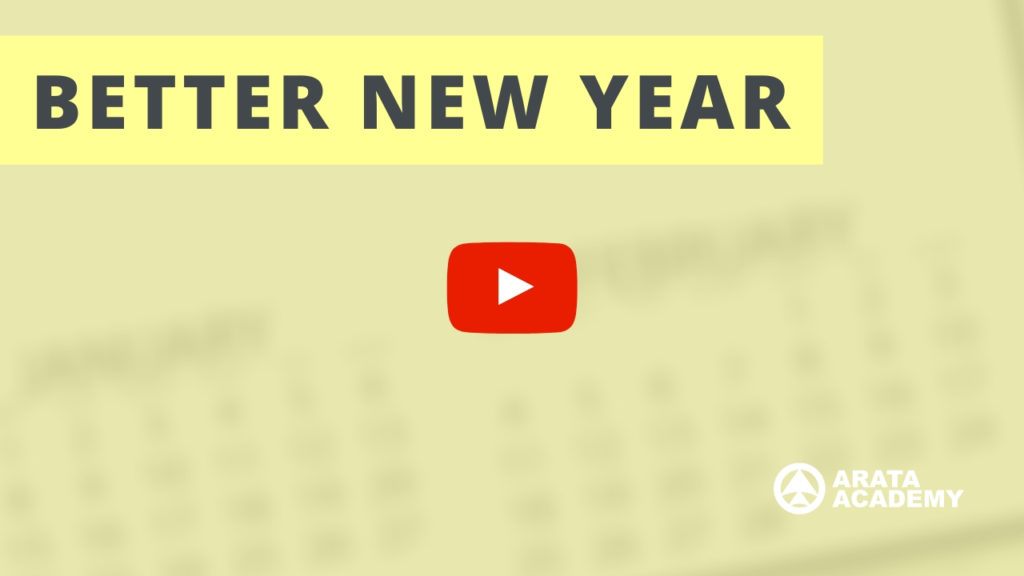Hello! Seiiti Arata. In recent videos in our series, we have explored the concepts of failure and success. And now I ask: for you, what is success? What is failure? Do you consider yourself a successful person?
1. Stories of failure
First of all let me share some stories with you:
Albert Einstein could not even speak properly at the age of four, and his teachers thought he would never do anything important in life.
Gisele Bundchen was rejected by several agencies until she became the highest-paid model in the world.
Walt Disney was fired from his job at a newspaper, because they thought he had no imagination or creative ideas.
At the age of 30, Steve Jobs was kicked out of the company he founded.
JK Rowling was divorced and unemployed, and numerous publishers had rejected the Harry Potter manuscript. She says it is impossible to live a life without failure unless you choose such a cautious path that it may be difficult to know if you actually lived.
The person who has never failed has already made a failure: the failure of never trying anything really important.
Failure can be a teacher. You can learn that you have more willpower and discipline than you imagine.
2. Failure is part of the path to success.
We all go through moments of shame, frustration, injustice and anger in our lives. Successful people and unsuccessful people deal with this differently.
You do not want to look at the present situation where there is an obstacle and think it will always be like this. You have to develop the ability to visualize a future that is being built. The vision is important, and we even discuss it in the series Productivity Arata, episode 38, http://arata.se/pe38.
People with a failure mentality will take all the problems, criticisms and difficulties personally. They will mentally relive the unpleasant situations and thus reinforce this memory.
3. Use your brain differently for greater success.
How does memory work? Memory does not exist in a single spot in your brain. It is impossible to locate that reminder of an unpleasant event and undergo microscopic surgery to remove the small piece of grey matter that stores that information. Memory is found in a series of relationships between the neurons in different regions of the brain.
In neuroscience we call this Long-Term Potentiation. This is strengthening the synapses by repeating patterns of neural activity as you constantly remember that event.
That is, the more you relive that mental movie of unpleasant thinking, the stronger it gets because of the potentiation of the associated neural networks. It’s almost as if you were studying, cementing that memory so it stays in your head forever.
Confident people do not waste time with this kind of thinking. They do not put this type of negative memory in their personal collection; they quickly forget these unpleasant experiences. This is the change you need to implement.
You need to spend more time thinking about ways to implement your success strategy. You also want to reduce the amount of time you spend thinking of the mistakes of the past.
In the Better New Year course, we carry out various practices so that you understand the psychology behind the functioning of our brains. You’ll learn how to reprogram your mind to strengthen your commitment to activities that bring results, and at the same time spend less time reliving situations of past frustration. You can visit the course at http://arata.se/betternewyear.
4. Control your negative thoughts quickly.
In the previous episode we talked about how to eliminate negative thoughts—you probably saw the video last week at http://arata.se/hello74, under the title of How to Eliminate Negative Thoughts.
Negative thoughts will cause weariness, a loss of vitality through frustration, anger, indignation, and feelings of inferiority. Not to mention the amount of time that is wasted and could be used more constructively.
When you catch yourself re-watching a mental movie of an unpleasant situation, remember this: Stop everything. Instead of spending the next few seconds thinking about the bad situation, think about what you may be grateful for.
You want to end negative thinking quickly before it turns into a monster. People create their own horror shows inside their own heads.
Sometimes an unpleasant event, such as a frustrating vacation, a bad investment, or a disappointing relationship ends up being repeated several times, and it becomes a topic of constant discussion afterwards.
There are people who have gone through unimaginable abuses, such as concentration camps, and have managed to overcome these experiences by focusing on what they could bring about in the future. This is what we call the search for meaning.
5. Use the power of gratitude to reverse the course of your thoughts.
For Dr. P. Murali Doraiswamy, a specialist on brain imaging and Alzheimer’s disease, gratitude is the best way to maintain overall health and wellbeing. Individuals who express gratitude are better able to cope with stress.
They have less anxiety and better relationships; their cortisol and oxytocin—important brain chemicals—are at healthier levels. They sleep better, and they reason better, with stable levels of serotonin and norepinephrine. They live longer and have better heart function, blood pressure and blood sugar control.
If you are thinking that gratitude is unlikely to change the way you deal with destructive thoughts, take the Better New Year course to learn how to first define what is important to you and to find purpose. Visit the link, http://arata.se/betternewyear.
Let’s now go to the end of the video, where I’ll give you an additional practical tip.
A practical way to develop the ability to reinterpret your life is with a gratitude diary. Every day you open a new page and write something for which you feel grateful. This brings a lot of benefits, but it is beyond the focus of this video to go into too much detail.
And for you Better New Year students, log in to the students’ area, and you will see that we have a new bonus video in which I share a different way that I use to exercise gratitude.
If you do not have access to the Better New Year course, you can visit http://arata.se/betternewyear.

